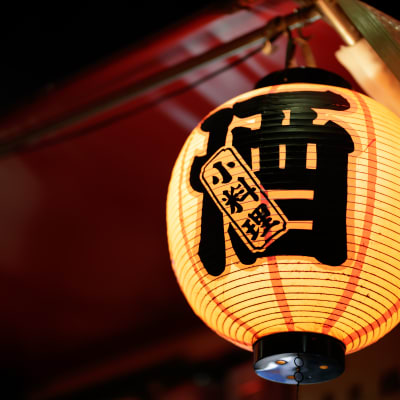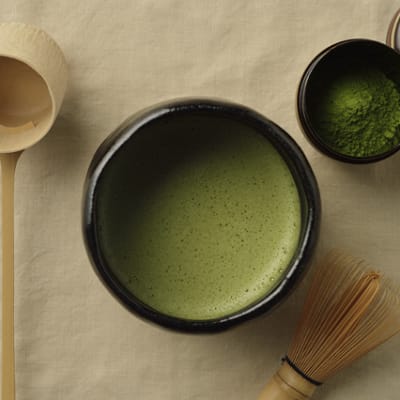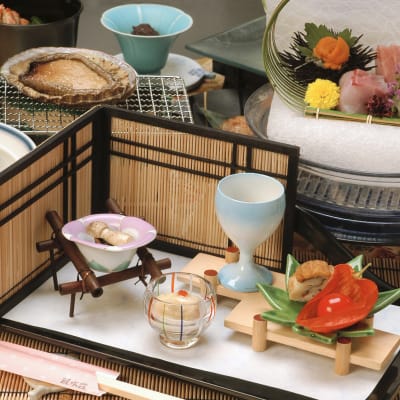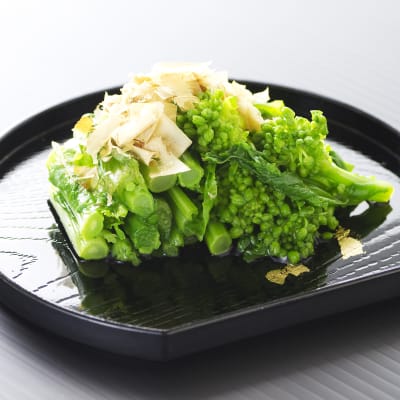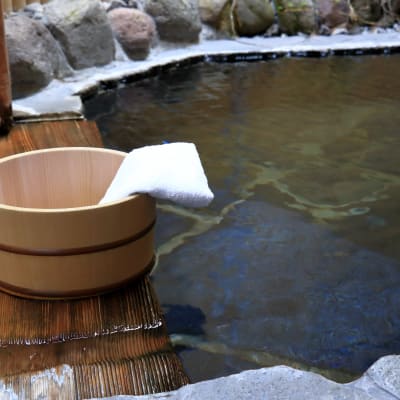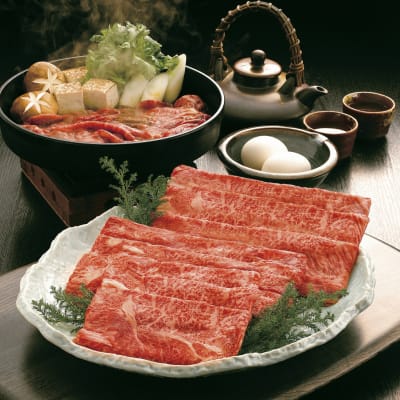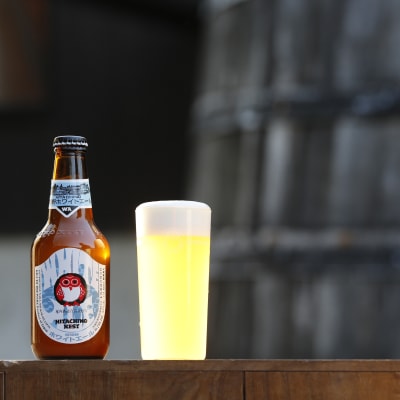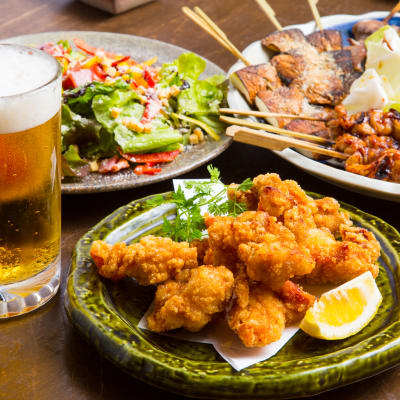
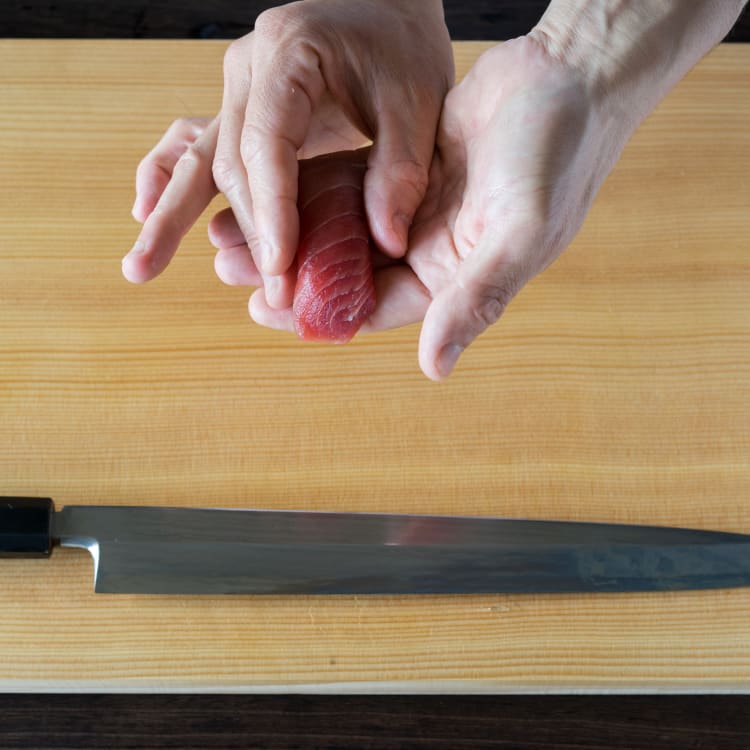
GUIDE Sushi in Japan Guide Japanese healthy eating starts with sushi
Sushi is probably the most recognizable Japanese food and has exploded in popularity around the world
As a result of the global expansion of this iconic dish, many misconceptions about sushi have developed. For example, many people mistakenly believe that sushi simply means “raw fish." While the dish is synonymous with raw fish now, there is much more to the story. Sushi is the combination of the words “su” and “meshi”. In English this means vinegar and rice. Sushi refers to the slightly sweet, vinegared rice, sometimes called shari, paired with a garnish—or neta—of seafood, egg or vegetables either raw or cooked. In many countries, sushi is a pricey, sophisticated dinner eaten at special occasions. In other countries, it can be found in supermarkets as a healthy lunch alternative. The Japanese enjoy their sushi at all price points and in a variety of restaurants, from very casual izakaya to refined sushi restaurants.

Sushi has a rich and delicious history
A Sushi crash course
The history of sushi starts in the rice paddies of the Mekong Delta. Farmers would ferment fish with salt and rice and then discard the rice. This practice of making what is now called narezushi is said to have arrived in Japan at the same time as the introduction of rice cultivation. Until around the Muromachi period, the rice was discarded after fermentation, then people came up with the idea of eating the precious rice together with the fish.
Three hundred years later, Edo, now Tokyo, had become a booming city with over a million inhabitants. Entrepreneurial chefs of this time developed hayazushi, literally, fast sushi. They would place various garnishes such as egg or raw fish onto vinegared rice balls that could be eaten together. This style of sushi took Japan by storm and spread across the entire country. As it spread across the country, chefs would integrate the best of local produce and seafood to create entirely new varieties of sushi. The rapid expansion of the dish combined with the regional dining styles of Japan gave rise to the ever-expanding variety of dishes the world now knows as sushi.
The many forms of sushi
Japan is rich in regional differences that have created a variety of sushi styles. Here are ten of the most well-known:


Enjoy sushi as nigirizushi or makizushi
Nigirizushi is an iconic style of sushi. It consists of a hand molded mound of specially prepared rice with the neta (sushi topping) draped over it.
Another well-known variety is makizushi. The chef places neta on a bed of rice and then tightly rolls it up with a bamboo mat to produce the distinctive shape.
Temakizushi is similar to makizushi. The ingredients are placed on nori and rolled by hand into a cone shape. One end of the cone is closed while the neta spills out the other.


Temakizushi is a fun way to enjoy your sushi or chirashizushi can be shared by a few
Chirashizushi is neta served over a bowl of rice as opposed to rolled in nori.
Edomae sushi typically involves a counter where customers sit. The chef forms the nigiri and slices the fish after the customer has ordered and serves it immediately.
Oshizushi is a type of sushi where the rice is laid in a box with neta on top and then compressed with a bamboo mold. Battera mackerel sushi is a famous type of oshizushi.
Funazushi is a term for narezushi, the oldest type of sushi. Funazushi is made by fermenting fish with salt and rice.
The California roll, nearly unknown in Japan but wildly popular abroad, is a reversed makizushi called ura-makizushi. The rice is on the outside and the seaweed on the inside.

A tofu pocket stuffed with rice
Inarizushi is sushi in a deep-fried tofu pocket that is stuffed with rice and sometimes other ingredients.
There are also several traditional forms of vegetarian sushi such as umeshiso maki, which is a makizushi filled with perilla and salted plum paste.
Sashimi, while often associated with sushi and served at sushi restaurants, is not sushi. Sashimi platters include the freshest raw fish without rice, in order to allow the flavor of the produce speak for itself.

Kaitenzushi is fun and wallet-friendly
Sushi to suit your price range
You can eat sushi at a variety of price points. You can walk into any supermarket in Japan and pick up fresh makizushi for under 600 yen. You can also spend a lot more for omakase (chef's choice of ingredients) at sushi restaurants, according to a famous European guidebook. Whatever your preferred dining style is, there is a sushi option for you. A low-key neighborhood sushi bar is a great place to start. These are mom and pop stores that double as local hangouts. Prices vary but are still on the lower end of the spectrum.
If you're looking for more sushi for your money try kaitenzushi. These restaurants feature a conveyor belt that winds its way by all the seats of the restaurant. If you see something that looks interesting, simply lift it off the belt. Prices typically start at 100 yen per plate. Different colored plates will have different prices. Sometimes called sushi-go-round, kaitenzushi is a great introduction to sushi and also a lot of fun for the kids. While most kaitenzushi restaurants are quite cheap, there are mid-range options as well. If you're in a hurry, many major train stations will have small, standing-room-only sushi bars for a quick nibble.
A higher-end option is omakase style. Omakase means you are allowing the chef full control over your meal. This tends to be the most expensive style of sushi dining and bookings are a must. In Japan, restaurants listed in famous European guidebooks often have fewer seats than those in other countries; for example, they only have eight seats at the counter. Generally, walking into a popular restaurant without a reservation on the same day tends to be difficult.
If you wish to visit a specific popular restaurant, it is recommended to check reservation availability while planning your trip.

Know your sushi etiquette
The etiquette of sushi eating
Sushi eating etiquette is simple, but it is important to be aware of basic etiquette. Never pass food from chopstick to chopstick and never stick your chopsticks standing out of your bowl. Lay them flat across the bowl or rest them on a chopstick rest. For sushi specifically, there are a few things to keep in mind. There is correct form for dipping in soy sauce. Dip with neta (topping) first. Don't dunk the shari (rice) into the soy sauce. Dipping shari directly absorbs too much soy sauce, so it can overwhelm the sushi and jeopardize the structure of the rice mound.
Chopsticks are the preferred utensil for eating sushi most of the time, but hands are perfectly acceptable as well, especially at higher-end restaurants. If ginger is provided, eat it between orders as a palate cleanser; it is not a topping. If you're eating kaitenzushi, you may take plates freely off the conveyor belt but never put a plate back. If seated at the counter of a conveyor belt restaurant with a chef in front of you, you can order directly from them as opposed to selecting something from the belt. Green tea is usually self-service at kaitenzushi.

Pair your sushi with some crisp sake
Pairing sushi
There are a multitude of delicious ways to wash down your sushi. The traditional pairing is simply hot green tea or genmaicha, a type of green tea combined with roasted brown rice.
Sake is an excellent pairing with your sushi. Speak with your server to ask for assistance in choosing a sake for your meal. In the hot summer months a chilled, less dry sake is best. In the colder winter months, a heated, dry sake will go down a treat.
White wines, sparkling wines and champagnes are also an excellent choice. Most sushi restaurants will often have a variety of drinks to choose from. However, kaitenzushi restaurants typically only stock green tea (which is often self-service at your table or counter), domestic draft beers and inexpensive sake.

Good rice makes good sushi
To find the best sushi, look to the rice
Many foreign visitors to Japan have misconceptions about what is considered quality sushi within Japan. Every morning, one of the most important tasks at Japanese fish markets are the tuna auctions. High-quality tuna will be bought by the higher end sushi restaurants. But there's more to great sushi than superior ingredients. A sushi chef's skills are, arguably, just as important. To understand the style of a sushi chef we must look to the rice, the shari.
Sushi connoisseurs will obsess over the styles, textures and flavors of the rice. The balance between the vinegar and the sugar, the quantity of rice packed into each nigiri and even the firmness of the rice are all details to be considered. Also, keep in mind that not all sushi is best served fresh. For example, many shiromi, or white-meat fish, are good when aged in controlled environments. Fat content and cut size play a major role in the amount of time required to age the fish. The combination of these fine details are the true marks of a master sushi chef.


























































